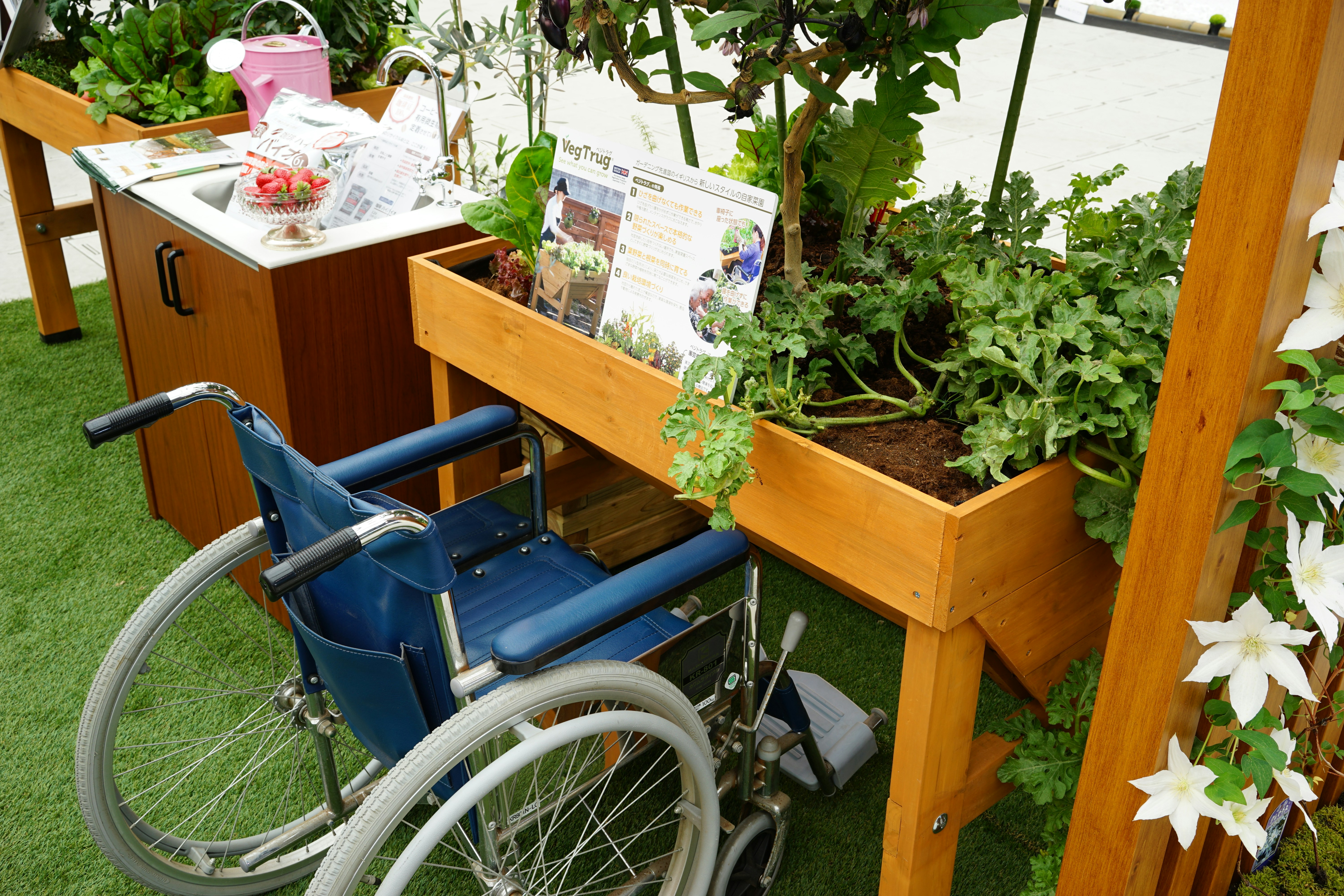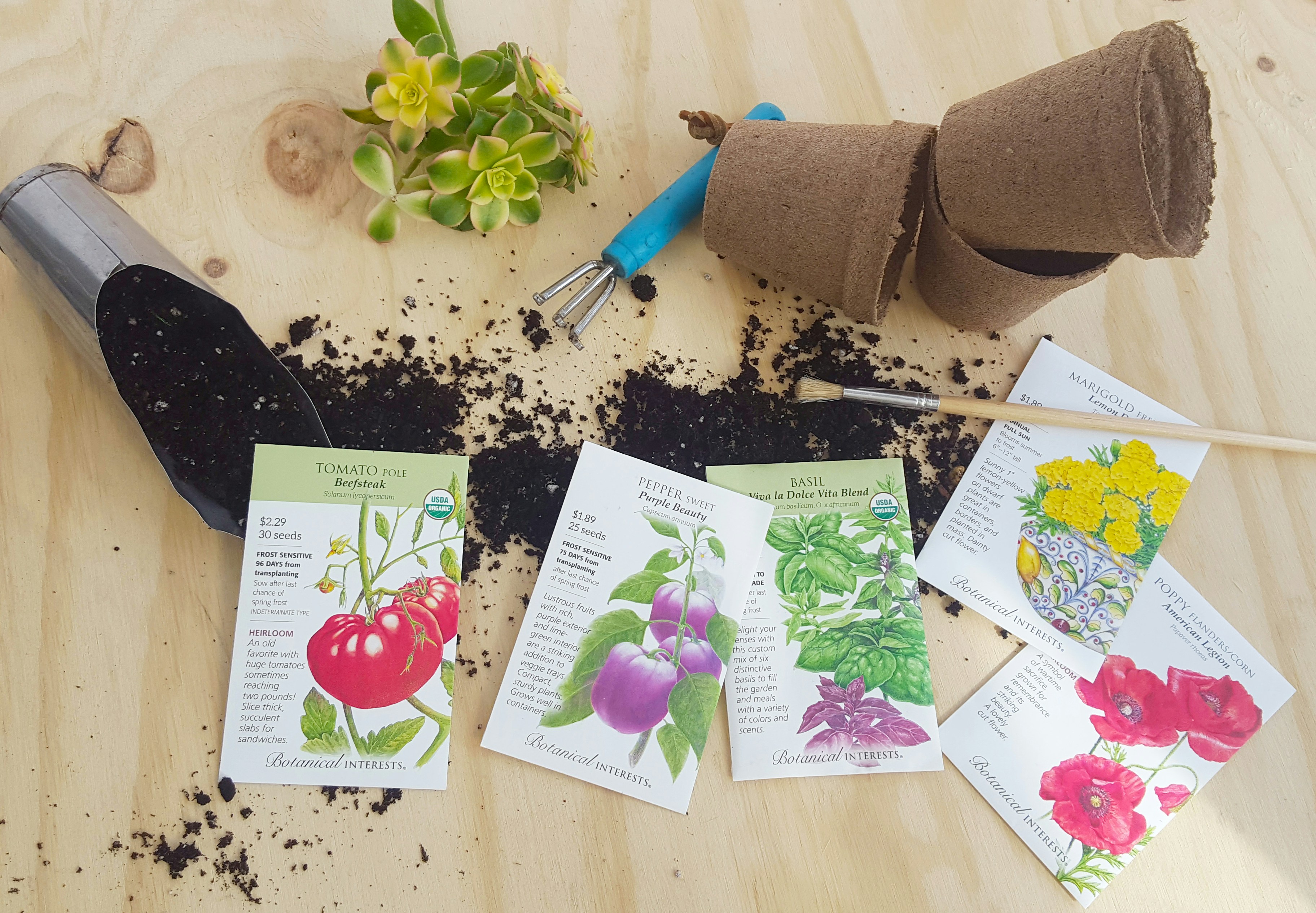Introduction to No-Till Gardening
No-till gardening is an agricultural practice that minimizes soil disturbance by avoiding traditional tillage methods. Unlike conventional gardening, where the soil is frequently plowed or turned over, no-till gardening allows for the preservation of the soil structure and its ecosystem. This method revolves around maintaining a continuous cover of organic matter, which fosters a healthy environment for soil microbes, earthworms, and other beneficial organisms. By opting for no-till techniques, gardeners can create a thriving ecosystem that supports plant health and enhances growth.
The rationale behind no-till gardening is primarily focused on enhancing soil health. Traditional tillage can lead to soil compaction, erosion, and degradation of beneficial microbial populations, all of which can negatively impact plant growth. In no-till gardening, the soil is left undisturbed, allowing its natural structure to remain intact. This stability fosters improved water retention and nutrient availability, leading to healthier root systems and robust plants. Most importantly, by reducing or eliminating tillage, gardeners can contribute to carbon sequestration, which in turn helps combat climate change.
In addition to promoting soil health, no-till gardening offers several environmental benefits. By reducing the disturbance of the soil, fewer emissions of carbon dioxide and other greenhouse gases are released into the atmosphere. Furthermore, this technique can lead to decreased erosion and runoff, providing better protection for nearby water bodies. No-till gardening also encourages a biodiversity of soil organisms, which play crucial roles in nutrient cycling and pest management.
This foundational understanding of no-till gardening sets the stage for a more in-depth exploration of its specific benefits and techniques in the following sections. Through the examination of these aspects, readers will gain valuable insights into how no-till gardening can be integrated into their own gardening practices, leading to improved productivity and sustainability.
Benefits of No-Till Gardening
No-till gardening is increasingly recognized for its numerous benefits, particularly in promoting sustainable agriculture and improving overall soil health. One of the primary advantages of adopting a no-till approach is the enhancement of soil structure and fertility. By minimizing soil disturbance, organic matter remains intact, allowing for better aeration and beneficial microbial activity. This leads to healthier roots and improved nutrient absorption, ultimately resulting in more vigorous plant growth.
Additionally, no-till gardening significantly enhances moisture retention in the soil. Without the disruption caused by traditional tilling, moisture is preserved more effectively, reducing the need for frequent irrigation. This is particularly advantageous in regions susceptible to drought, as it allows gardeners to conserve water and make more efficient use of available resources. Moreover, the formation of a robust soil structure encourages water infiltration, reducing surface runoff and the risk of waterlogging.
Another noteworthy benefit is the increase in biodiversity within no-till gardens. By avoiding the mechanical disturbance of soil, the habitat for various beneficial organisms and insects is preserved. This promotes a balanced ecosystem where pollinators, earthworms, and other soil organisms thrive, contributing to improved plant health and resilience. The resulting diversity also helps combat pests and diseases naturally, reducing the dependence on chemical interventions.
The environmental impact of no-till gardening is profound. It helps lower carbon emissions by sequestering carbon in the soil and contributes to sustainable practices that mitigate climate change. Furthermore, reducing soil erosion is critical; no-till systems maintain ground cover which protects against wind and water erosion, thus preserving valuable topsoil. The long-term benefits of these practices not only enhance garden productivity but also foster a healthier planet, emphasizing the importance of no-till gardening in modern agricultural approaches.
Techniques for Successful No-Till Gardening
No-till gardening is an effective method that emphasizes the preservation of soil structure and health by minimizing disturbance. To successfully establish and maintain a no-till garden, several essential techniques should be followed. One of the foundational practices is the use of cover crops. These crops, such as clover or vetch, play a significant role in enhancing soil fertility, suppressing weeds, and improving moisture retention. Plant cover crops in the late summer or early fall, allowing them to grow over the winter months. Before they flower the following spring, mow them down and let the biomass decompose on the soil surface, creating natural mulch.
Mulching is another critical component of no-till gardening. By applying organic materials such as straw, wood chips, or grass clippings, gardeners can protect soil from erosion, retain moisture, and reduce weed growth. A thick layer of mulch, typically 2 to 4 inches, should be applied in spring to help maintain soil temperature and provide nutrients as it breaks down. It is important to monitor the mulch layer throughout the growing season, replenishing as necessary to maintain its effectiveness.
Integrating compost is vital for enriching soil quality in no-till systems. Compost acts as a natural fertilizer, supplying plants with essential nutrients while improving soil structure. To incorporate compost, consider side-dressing established plants or creating a compost tea to use as a liquid fertilizer. This practice not only boosts nutrient levels but also encourages beneficial microbial activity in the soil.
Lastly, utilizing organic fertilizers can further enhance soil health. Choose options such as fish emulsion or bone meal that support a nutrient-rich environment for plants. Between fertilization, observe your plants closely for any signs of nutrient deficiencies, which can help in troubleshooting common challenges in a no-till garden. By adopting these techniques and maintaining consistency, any gardener can overcome the initial hurdles and reap the numerous benefits of a thriving no-till system.
Getting Started: A Beginner’s Guide to No-Till Gardening
No-till gardening is a method that minimizes soil disturbance, promoting a healthier ecosystem. For beginners interested in adopting this sustainable gardening technique, a few foundational steps can pave the way for success.
First, selecting the right location is essential. Look for a spot that receives adequate sunlight, ideally at least six hours a day. Good drainage is also crucial; avoid areas prone to standing water. The soil quality will ultimately dictate your success, so consider investing in a soil test to assess pH levels and nutrient content.
Next, prepare the site by eliminating existing weeds and grasses. This is often best achieved by smothering them with cardboard or layers of newspaper. These materials will break down over time, enriching the soil, while suppressing unwanted plant growth. Additionally, consider adding a layer of organic matter, such as compost or straw, to build soil structure and nutrient availability.
When it comes to crop selection, it is beneficial to start with hardy plants that can thrive in your climate and soil conditions. Vegetables like tomatoes, peppers, and leafy greens are recommended for beginners, as they generally require less maintenance and are rewarding to grow. Be mindful of companion planting, which can enhance growth and deter pests by using the natural relationships between different crops.
Planning seasonal cycles is another integral element of no-till gardening. Understand the planting and harvesting schedules of your chosen crops and rotate them to maintain soil health. This practice not only enhances nutrient availability but also helps control pest populations naturally.
Lastly, visual aids, such as images of successful no-till gardens, can serve as inspiration and provide practical examples to follow. Engaging with a community of no-till gardeners through forums or social media can further encourage your growth as a gardener.



